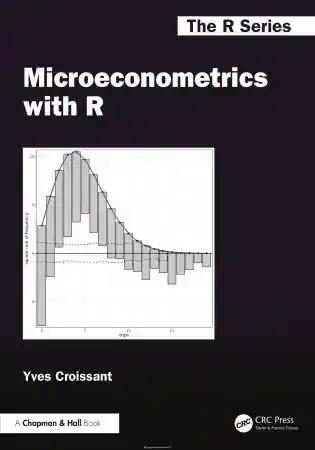
CFA Program Curriculum 2018 Level I Volumes 1-6 Box Set
- Length: 4092 pages
- Edition: 1
- Language: English
- Publisher: Wiley
- Publication Date: 2017-07-31
- ISBN-10: 1944250565
- ISBN-13: 9781944250560
- Sales Rank: #550828 (See Top 100 Books)
Clear, concise instruction for all CFA Level I concepts and competencies for the 2018 exam
The same official curricula that CFA Program candidates receive with program registration is now publicly available for purchase. CFA Program Curriculum 2018 Level I, Volumes 1-6 provides the complete Level I Curriculum for the 2018 exam, delivering the Candidate Body of Knowledge (CBOK) with expert instruction on all 10 topic areas of the CFA Program. Fundamental concepts are explained in-depth with a heavily visual style, while cases and examples demonstrate how concepts apply in real-world scenarios. Coverage includes ethical and professional standards, quantitative analysis, economics, financial reporting and analysis, corporate finance, equities, fixed income, derivatives, alternative investments, and portfolio management, all organized into individual sessions with clearly defined Learning Outcome Statements. Charts, graphs, figures, diagrams, and financial statements illustrate concepts to facilitate retention, and practice questions provide the opportunity to gauge your understanding while reinforcing important concepts.
- Learning Outcome Statement checklists guide readers to important concepts to derive from the readings
- Embedded case studies and examples throughout demonstrate practical application of concepts
- Figures, diagrams, and additional commentary make difficult concepts accessible
- Practice problems support learning and retention
CFA Institute promotes the highest standards of ethics, education, and professional excellence among investment professionals. The CFA Program Curriculum guides you through the breadth of knowledge required to uphold these standards.The three levels of the program build on each other. Level I provides foundational knowledge and teaches the use of investment tools; Level II focuses on application of concepts and analysis, particularly in the valuation of assets; and Level III builds toward synthesis across topics with an emphasis on portfolio management.
Table of Contents
Study Session 1. Ethical and Professional Standards
Study Session 2. Quantitative Methods: Basic Concepts
Study Session 3. Quantitative Methods: Application
Study Session 4. Economics: Microeconomics and Macroeconomics
Study Session 5. Economics: Monetary and Fiscal Policy, International Trade, and Currency Exchange Rates
Study Session 6. Financial Reporting and Analysis: An Introduction
Study Session 7. Financial Reporting and Analysis: Income Statements, Balance Sheets, and Cash Flow Statements
Study Session 8. Financial Reporting and Analysis: Inventories, Long-lived Assets, Income Taxes, and Non-current Liabilities
Study Session 9. Financial Reporting and Analysis: Financial Reporting Quality and Financial Statement Analysis
Study Session 10. Corporate Finance: Corporate Governance, Capital Budgeting, and Cost of Capital
Study Session 11. Corporate Finance: Leverage and Working Capital Management
Study Session 12. Portfolio Management
Study Session 13. Equity: Market Organization, Market Indexes, and Market Efficiency
Study Session 14. Equity Analysis and Valuation
Study Session 15. Fixed Income: Basic Concepts
Study Session 16. Fixed Income: Analysis of Risk
Study Session 17. Derivatives
Study Session 18. Alternative Investments







